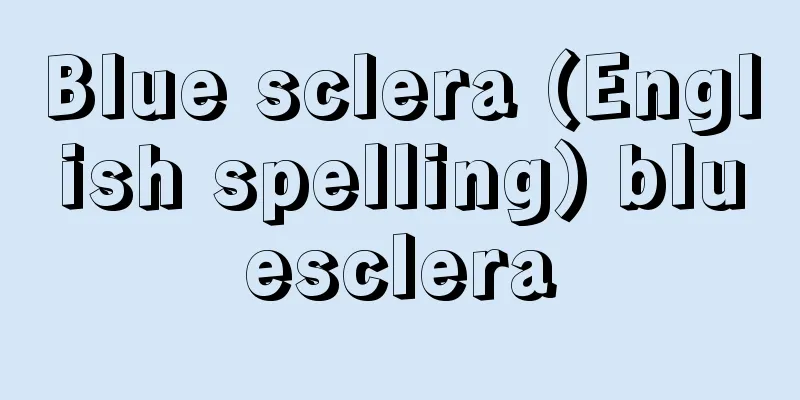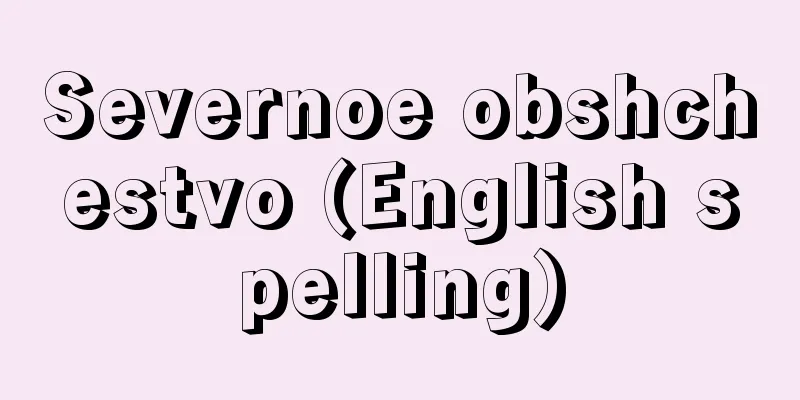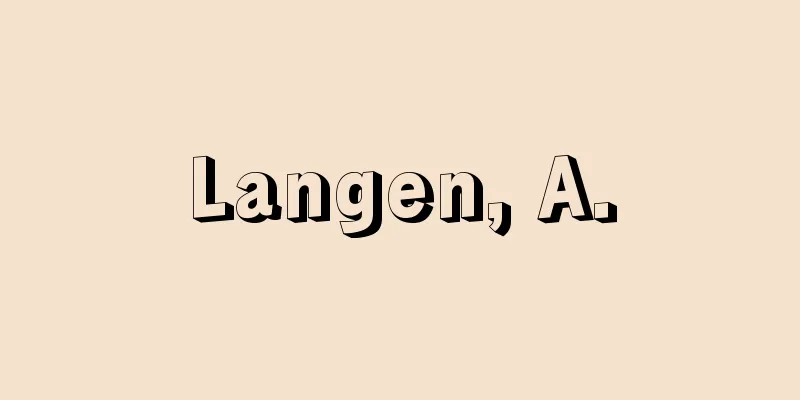Donglin Party - Donglin Party

|
The name given to a political group in the late Ming Dynasty in China. In 1604, Gu Xiancheng, Gao Panlong and others rebuilt the Donglin Academy in Wuxi County, Jiangsu Province, and began lecturing to criticize the no good, no evil school of the late Yangming school. Later, those who attended these lectures and those who had close ties with them opposed the arbitrary taxation of the Wanli Emperor and the eunuchs around him, including Wei Zhongxian, and this opposition intensified during the reign of Emperor Tianqi as a power struggle. For this reason, Wei Zhongxian launched a major crackdown in 1625-26, arresting and massacring six people, including Yang Ren, Zuo Guangdu, and Wei Dazhong, and further suppressing the people by publishing a blacklist called the Donglin Party List, which listed those he considered to be his opponents. Although their reputations were later rehabilitated in 1629, people who were considered to be pure and honest were widely regarded as members of the Donglin School, and many of them were listed in the Journal of the Donglin Academy, including those who had no connection to the Wei Zhongxian incident. Because of this history, in reality, the scope of the so-called Donglin School is unclear, and it is not true that such a faction actually existed. However, there are certain commonalities among the people named in this way. In the late Ming Dynasty, when the Lijia system was said to have been disintegrating, they opposed the arbitrary power of the dynasty and asserted the voice of the scholar class as public opinion. Specifically, they criticized the heavy-handedness of the privileged landlords and advocated equal land taxation, and worked to reorganize the order of the landlord-led villages by improving the village agreements and baojia systems, and strengthening the moral education of the people. They also had an enlightened color, developing agricultural techniques such as irrigation projects and promoting the reconciliation of the slave class. [Yuzo Mizoguchi] Source: Shogakukan Encyclopedia Nipponica About Encyclopedia Nipponica Information | Legend |
|
中国、明(みん)末期の政治的グループに冠せられた呼称。1604年、顧憲成(こけんせい)、高攀龍(こうはんりょう)らが江蘇(こうそ)省無錫(むしゃく)県にあった東林書院を再興し、陽明学末流の無善無悪派を批判すべく講学活動を始めたのがこの名のおこりである。のちにこの講学に参集した人士やそれらと交遊の深い人士たちが、万暦帝や帝を取り巻く魏忠賢(ぎちゅうけん)ら宦官(かんがん)一派の恣意(しい)的な徴税などに反対し、この対抗は権力抗争として天啓帝の時期にさらに激化した。このため、魏忠賢は1625~26年にかけて大弾圧に乗り出し、楊漣(ようれん)、左光斗(さこうと)、魏大中(ぎだいちゅう)ら6人を逮捕虐殺したうえ、自分への反対者とみなす人士を列挙した東林党人榜(じんぼう)なるブラックリストを公表し、さらに弾圧を加えた。のち29年に名誉回復が行われたが、清流、正直とみなされる人士が広く東林学派と目されて、魏忠賢事件に関係のない人士も多数含めて『東林書院志』のなかに列記された。このような経緯から、実際のところ、いわゆる東林学派の範囲はあいまいで、ましてそういう党派が実在していたわけではない。しかし、このようにして挙名された人々の間には一定の共通性がある。彼らは里甲制解体期といわれる明末に、王朝権力の恣意に反対して士人層の声を公論として主張、具体的には特権大地主の強横を批判して均田均役を主張し、郷約(きょうやく)、保甲(ほこう)の整備、民衆の道徳的教戒の強化を図るなど地主主導の郷村秩序の再編に努めた。また水利事業など農業技術の開発、奴僕(ぬぼく)層の融和を図るなど、開明的な色彩をもつ。 [溝口雄三] 出典 小学館 日本大百科全書(ニッポニカ)日本大百科全書(ニッポニカ)について 情報 | 凡例 |
<<: Torindo Choumaro - Torindo Choumaro
Recommend
Tabasco - Tabasco (English spelling)
It is an annual plant of the nightshade family (A...
Deák Ferencz
Born: October 17, 1803. Sheitel Died January 28/29...
Red-footed turtle - Red-footed turtle
...About 41 species are distributed in southern E...
Yagura - Tower
This is a type of tomb built mainly in the Kamaku...
Yen loan - yen loan
This refers to yen-denominated national credit pro...
Flower Agency
...The main hall used for ceremonies is three bay...
Oldenberg - Claes Oldenberg
American sculptor. Known as a representative pop ...
Ring | Finger Ring - Yubiwa (English spelling) ring
A type of jewelry. Rings are said to have a higher...
QNH - QNH
…For this reason, aircraft taking off and landing...
Kodakara Sanbaso - Kodakara Sanbaso
This is a Tokiwazu-bushi and Shinnai-bushi piece. ...
Richard Morris Titmuss
1907‐73 British social policy scholar. Born in Bed...
Wright, EO (English spelling) WrightEO
…(4) Structuralist sociology: Sociology of radica...
Taurotragus derbianus (English spelling) Taurotragusderbianus
…[Yoshiharu Imaizumi]. … From [Antelope] …[Tadaak...
Front side - Omotekata
A theater term. These people work on the front si...
Butty system
…In modern capitalist management, capitalists dir...


![Foxhound [species] (English spelling) foxhound](/upload/images/67ccade74f1e2.webp)






